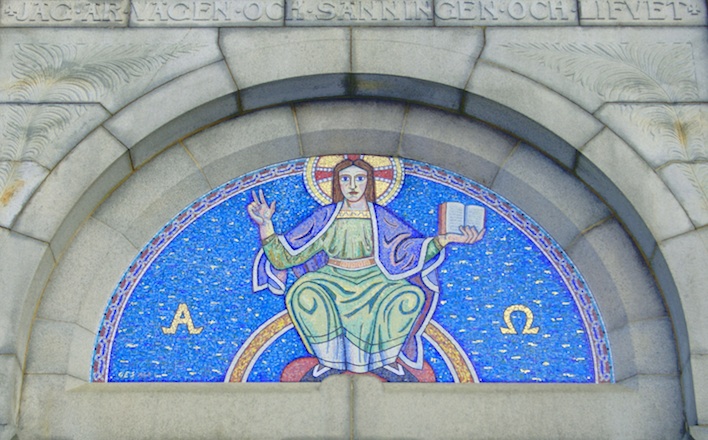Commentary on 1 Peter 2:2-10
Our reading from 1 Peter for this week is organized around a pastiche of Old Testament texts.
Through allusion and quotation a structure, a means for understanding who Christ Jesus is, and who we are in Christian community, is set up.
1. Allusion. “You have tasted that the Lord is good,” is a clear allusion to Psalm 34:8, “O taste and see that the Lord is good; happy are those who take refuge in him.”
2. Quotation. “See, I am laying in Zion a stone, a cornerstone chosen and precious,” is a somewhat indirect quotation of Isaiah 28:16, “See, I am laying in Zion a foundation stone, a tested stone, a precious cornerstone, a sure foundation: ‘One who trusts will not panic.’”
3. Quotation. “The stone that the builders rejected has become the very head of the corner,” quotes Psalm 118:22, “The stone that the builders rejected has become the chief cornerstone.”
4. Quotation. “A stone that makes them stumble, and a rock that makes them fall,” is set up as a quotation, but the citation is not biblical.
5. Allusion. “Proclaim the mighty acts,” alludes to the recurring Old Testament theme of remembering what God has done for Israel — most notably in the exodus (cf. Psalms 77, 78, 105) — by which God made Israel God’s chosen people.
6. Quotation. Finally, 2:10 is a quotation of Hosea 2:23 “Once you were not a people, but now you are God’s people; once you had not received mercy, but now you have received mercy.”
Of the nine verses that make up our reading for this week, six of them are either alluding to or directly quoting Scripture. All of this textual dependence serves a particular purpose, defining the Christian community.
Again, as in the first two readings from 1 Peter, there is new born language. The new born believer will hunger for the Lord. The stone which the builders rejected becomes the cornerstone, the living stone, upon which the Christian (and the church) is built. Christ’s church is built through the proclamation of God’s mighty acts in Israel’s past, acts which have traction now.
This is brought home in the final quotation, from Hosea, which is all about God’s choosing (re-choosing really) of God’s people. 1 Peter adopts the language of “you are God’s people,” and applies it to the church, which is crafted into “a spiritual house … a holy priesthood” (2:5), a ”chosen race, a royal priesthood, a holy nation, God’s own people, in order that you may proclaim the mighty acts of him who called you” (2:9). Notice the tightly woven construction of identity taking place here.
By the proclamation of God’s mighty acts, the church — God’s people — is formed. In the church, God’s mighty acts are then proclaimed. This is what God does, calls the church into being, to proclaim Christ, and so be built up into a house of spiritual stones. And there, to proclaim the mighty acts of God.
To quote again from the Lutheran Study Bible’s introduction to 1 Peter:
“First Peter reflects the rapid expansion of the early church in Asia Minor. The writer explores issues of community, mission, and suffering — issues these young faith communities may have been facing.”
The four readings from 1 Peter, of which this reading is the culmination, contain the essential, creative, identity-forming language of faith. This language of faith is proclaimed, spoken by the author of 1 Peter, to establish, to shape, and to grow the early Christian community. For 1 Peter 2, this is the ultimate function and purpose of (dare one say) any and every Christian community — to be known into being by Christ, and to be known for its proclamation of him. Built up by the word of Christ, the Christian (individual and community) bears the word of Christ.
The bulk of 1 Peter, and in particular the four readings we have had, may be summed up, in brief: As Christ is, so is the Christian. As the church this is our only calling, and our only hope.


May 18, 2014